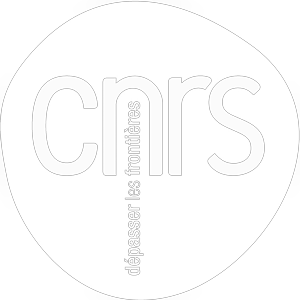Vertical profiles of pollutants in Fairbanks, Alaska during the ALPACA 2022 field campaign
authors
document type
COMMabstract
The ALPACA (Alaskan Layered Pollution and Chemical Analysis) field campaign (January-February 2022) aimed to collect new data to document Arctic wintertime air pollution. State of the art instrumentation was deployed in Fairbanks, Alaska to characterise inorganic/organic aerosols, vertical layering and mixing of aerosols and precursors, and meteorology at sites influenced by local anthropogenic emissions and background Arctic Haze. Vertical profiles of the boundary layer composition were collected from an instrumented tethered ballon (helikite) deployed at the UAF-Farm site in West Fairbanks. The Helikite payload included instruments dedicated to the characterisation of particles (concentration, composition, size distribution) and to measurement of trace gases with dedicated analysers for O3, CO and CO2 and a MICROMEGAS instrument. MICROMEGAS is a light-weight package based on low-cost Alphasense electrochemical sensors for trace gases (CO/O3/NO/NO2). This instrument was also deployed on the ground close to reference-grade trace gas analysers at the CTC measurement site in downtown Fairbanks, and onboard a vehicle for 2D-mapping of pollution within and around Fairbanks. Low-cost electrochemical sensors are sensitive to temperature and humidity and require careful calibration and validation. We first introduce the calibration method based on multi-linear regression with the collocated CTC reference measurements. The performance (biases, correlation coefficients, RMSDs) of the calibrated data are then evaluated against CTC observations not used for the calibration. Cases of vertical helikite profiles with polluted layers related to specific dynamical conditions (temperature inversions, wind regimes…) are investigated. Tracer-tracer relationships (CO, NO, NO2 versus CO2 ; NOx versus Ox) together with meteorological observations are used to examine air mass origins (domestic combustion, vehicles, power plants), as well as dilution and chemical transformation of the sampled pollution plumes.


